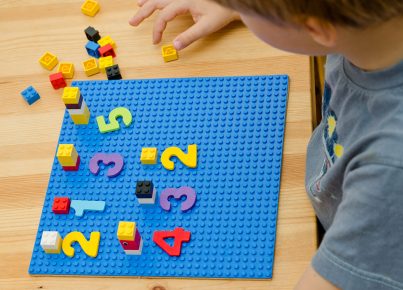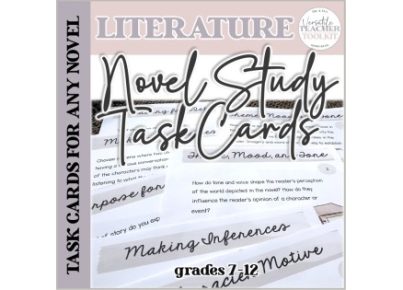Introduction
A well-organized literacy area can greatly benefit both teachers and students by emphasizing essential skills and content in an inviting and engaging manner. As you set up your literacy area, keep in mind that the ultimate goal is to foster a love for reading and writing while enhancing students’ comprehension and communication abilities. In this article, we will provide you with guidance on setting up a literacy area with an emphasis on skills and content.
1. Start with an organized layout
Set up a literacy area with clear sections for different activities, including reading, writing, listening, and speaking. Organizing your space this way will allow students to easily access materials, tools, and resources they need for each activity.
2. Create an inviting atmosphere
Encourage students to feel comfortable in the literacy area by incorporating comfy chairs, pillows, and soft lighting. This promotes a relaxed environment where students can feel at ease exploring new texts and engaging in various learning experiences.
3. Choose appealing books that target skills and content
Offer a wide range of reading materials that cater to different interests, reading levels, and curricular themes. Focus on selecting books that help develop key language arts skills such as decoding words or understanding different text structures while also addressing diverse topics to promote content-based learning.
4. Label books by their level of difficulty
One way to emphasize skills is by organizing books according to their reading levels. Label your bookshelves or baskets accordingly so students can quickly find texts suitable for their skillset while gradually progressing through more challenging texts.
5. Set goals for both skills and content learning
As you introduce new reading materials or activities, establish clear objectives related to both skills and content. For example, when introducing informational texts about the solar system, outline specific comprehension goals like identifying the main idea as well as content-specific objectives such as understanding the key characteristics of planets.
6. Include engaging writing materials
Display various writing tools and stationery within the literacy area, allowing students to experiment with different materials as they work on their storytelling, persuasive essays, or poetry. Providing opportunities to explore diverse writing materials can keep students engaged while they develop essential writing skills.
7. Implement literacy centers or stations
Designate specific areas for focused learning experiences that target particular skills and content areas. Literacy centers can include activities like listening to audiobooks, working on phonics exercises, or practicing reading comprehension strategies, enabling students to engage in multiple aspects of language arts.
8. Display student work
Celebrate students’ progress by displaying their written work, illustrations, or book reviews in the literacy area. This not only promotes a sense of accomplishment but serves as a reminder of each student’s growth in both skills and content knowledge.
9. Assess and track progress
Regularly assess your students’ growth and progress in meeting literacy goals related to both skills and content. Use this information as a guide for future instruction or intervention strategies to ensure that all students have access to the support they need.
Conclusion
Setting up a literacy area that emphasizes both skills and content can help create an engaging learning environment that nurtures reading and writing abilities while addressing diverse topics across the curriculum. By following these tips, you will create a stimulating and effective space for your students to thrive in their literacy journeys.





